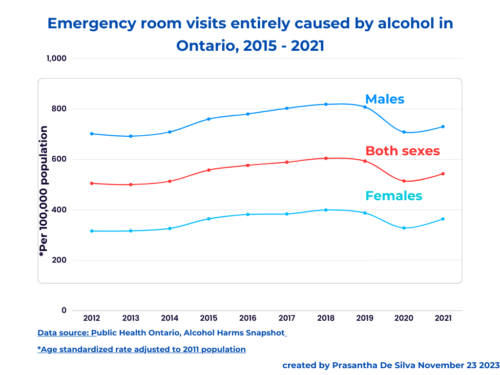While I was validating the AUDIT – a tool widely used to quantify alcohol consumption and related problems – to the Sri Lankan context, although researchers and practitioners all over the world have been using it for decades, I faced many difficulties in translating its first three questions: the quantity-frequency questions.
However, I overcame the challenge. Before explaining the method which could be adapted by anyone in any cultural setting, I again will describe the first three AUDIT questions and the challenges of using it.
Keep in mind that these questions refer to the past 12 months from the date of the interview.
Question 1:
How often do you have a drink containing alcohol?
(0) never
(1) less than monthly
(2) 2-4 times a month
(3) 2-3 times a week
(4) 4 or more times a week
Any respondent might answer the above question relatively easily if they can recall their past 12 months before the interview date. Both interviewers and respondents will face a big problem when dealing with the following two questions since both should know what a “drink” is.
Question 2:
How many “drinks” do you have on a typical day when you are drinking?
(0) 1-2 drinks
(1) 2-3 drinks
(2) 4-6 drinks
(3) 7-9 drinks
(4) 10 or more drinks
Question 3:
How often do you have 6 or more drinks on one occasion?
(0) never
(1) less than monthly
(2) Monthly
(3) weekly
(4) daily or almost daily
According to the original manual, a “drink” refers to an amount of an alcoholic beverage containing 10 grams of pure ethanol (see page 15 of the manual). This definition varies from country to country: It is 13.6 grams in USA and Canada.
The manual (see page 15 in the link) recommends explaining what a “drink” means to respondents. We first need to prepare visuals of drinks of different alcoholic products since drink sizes vary with their alcohol content: For example, a beer bottle equates to a “10-gram drink” since its ethanol content is 5%; in contrast, a whisky shot glass equates a “10-grams of drink” whisky since its ethanol content is 40%. It is more challenging in cultures where informal, home-grown, sometimes illicit products, are commoner.









